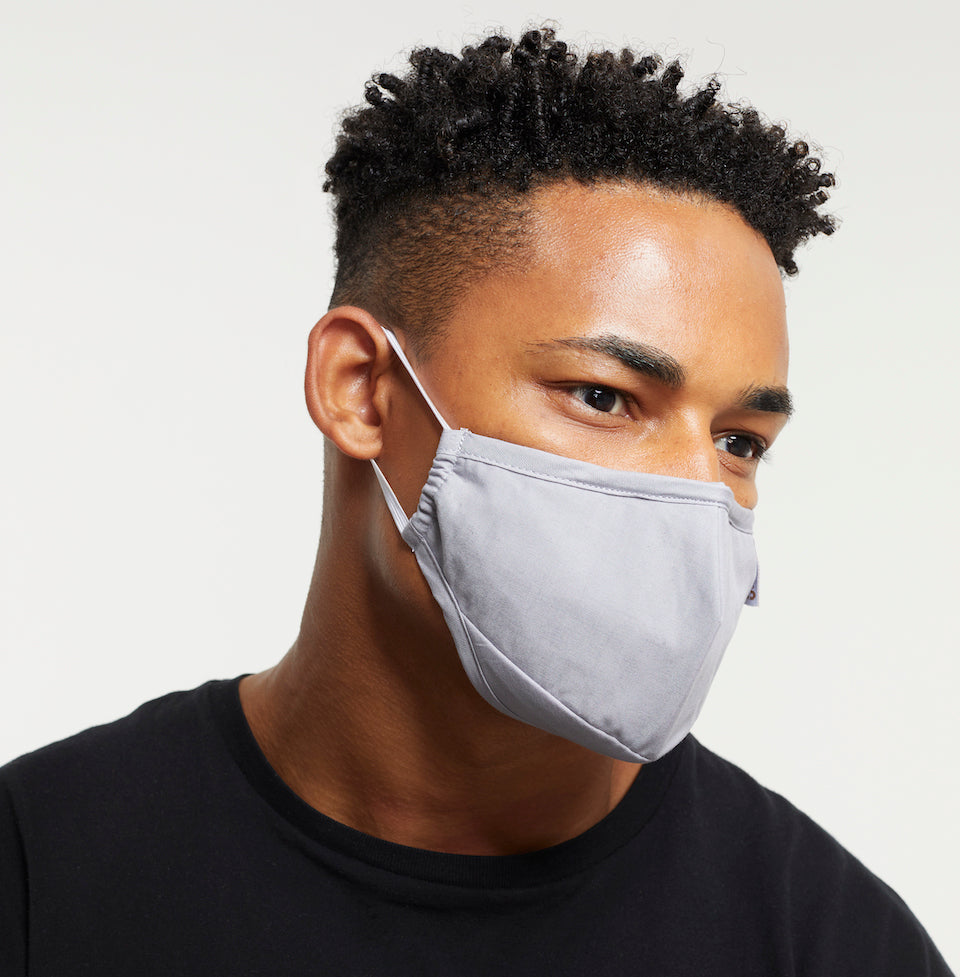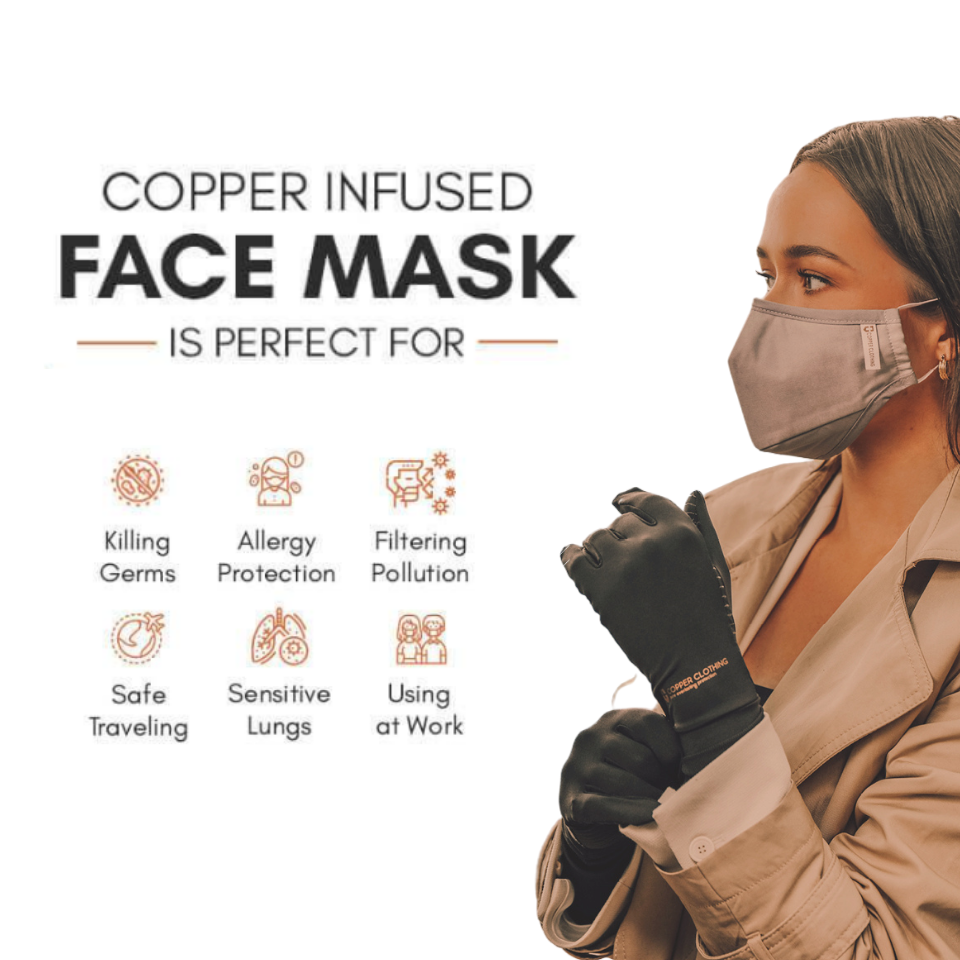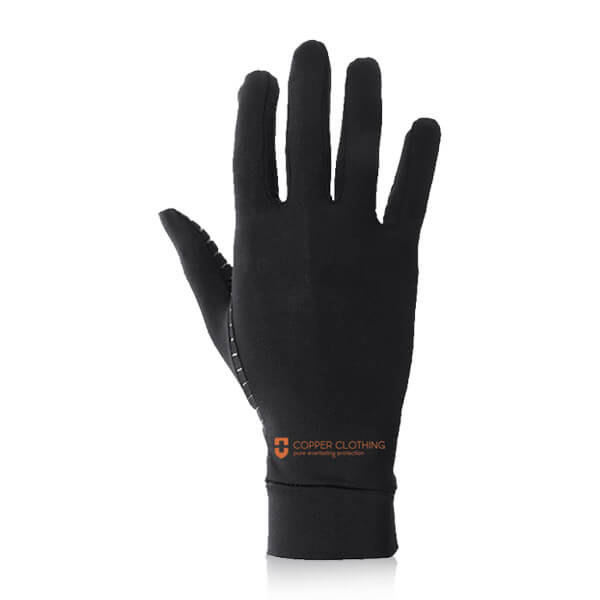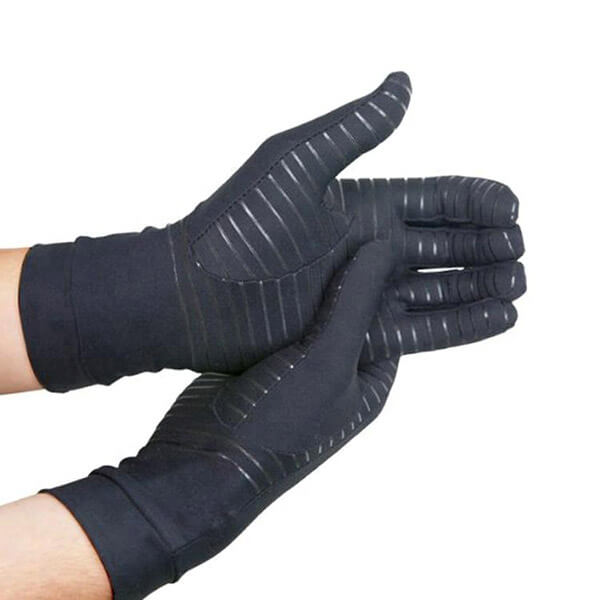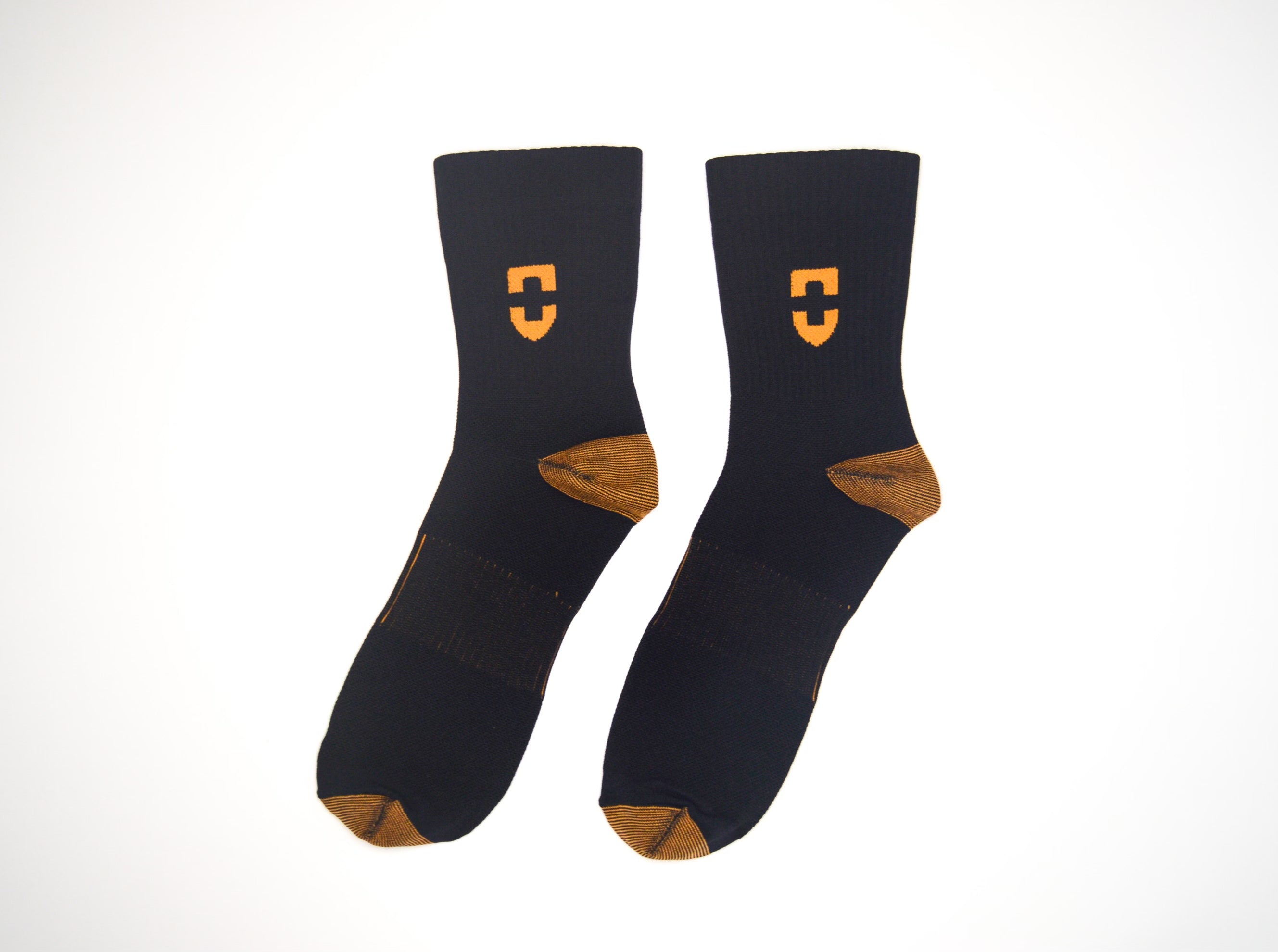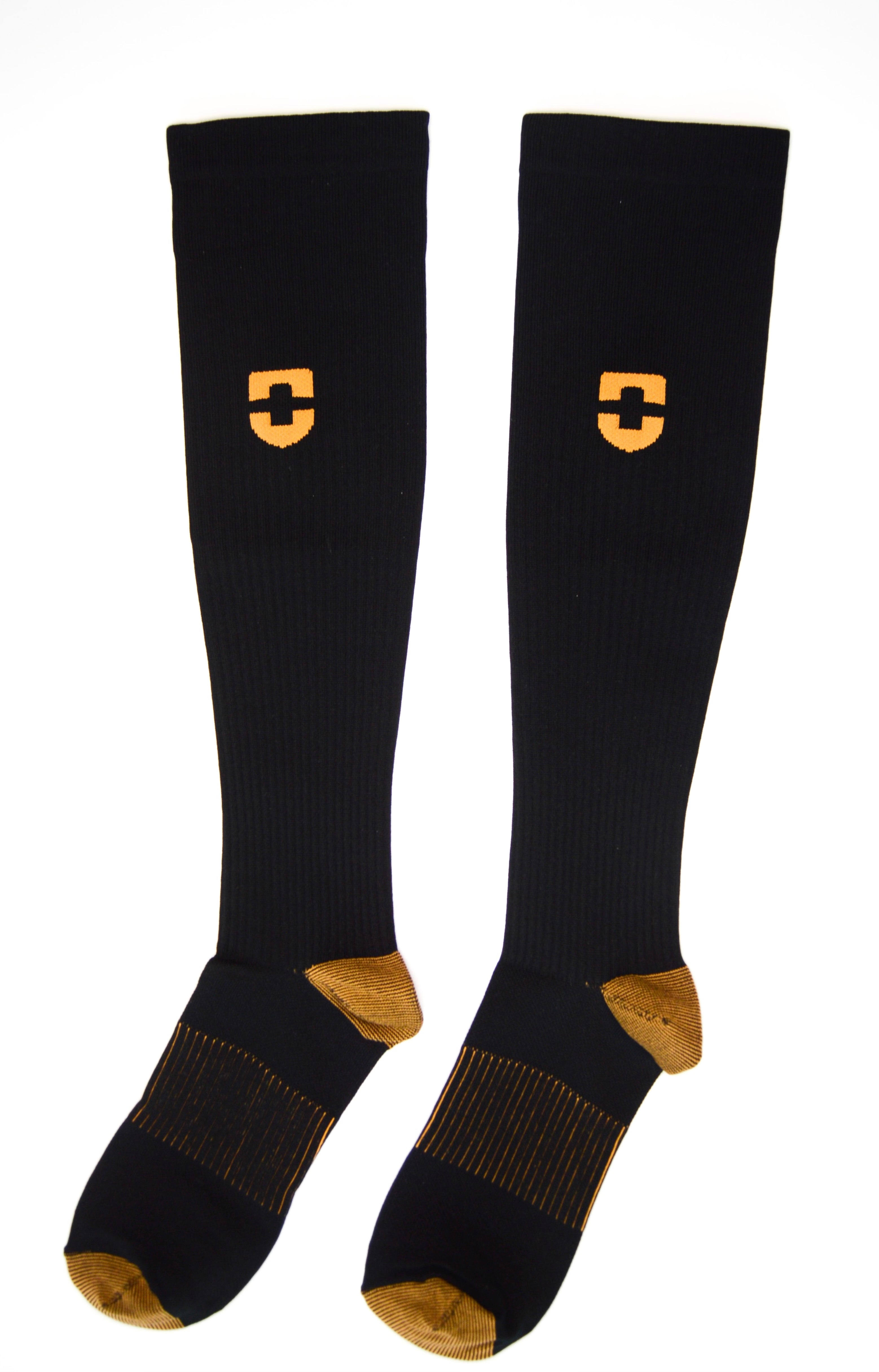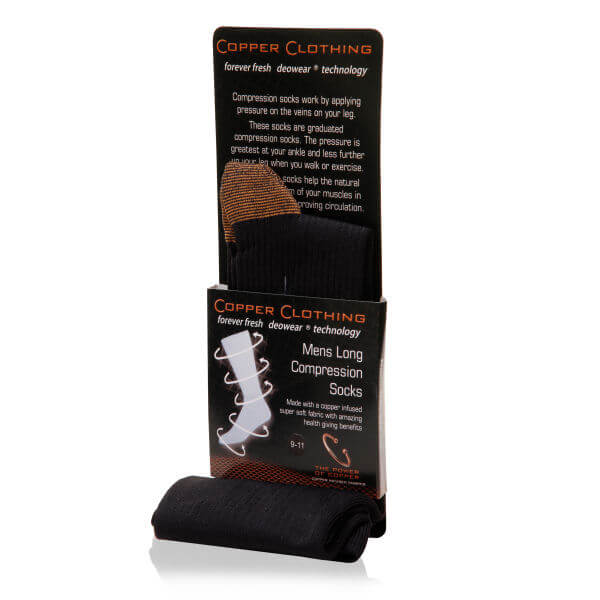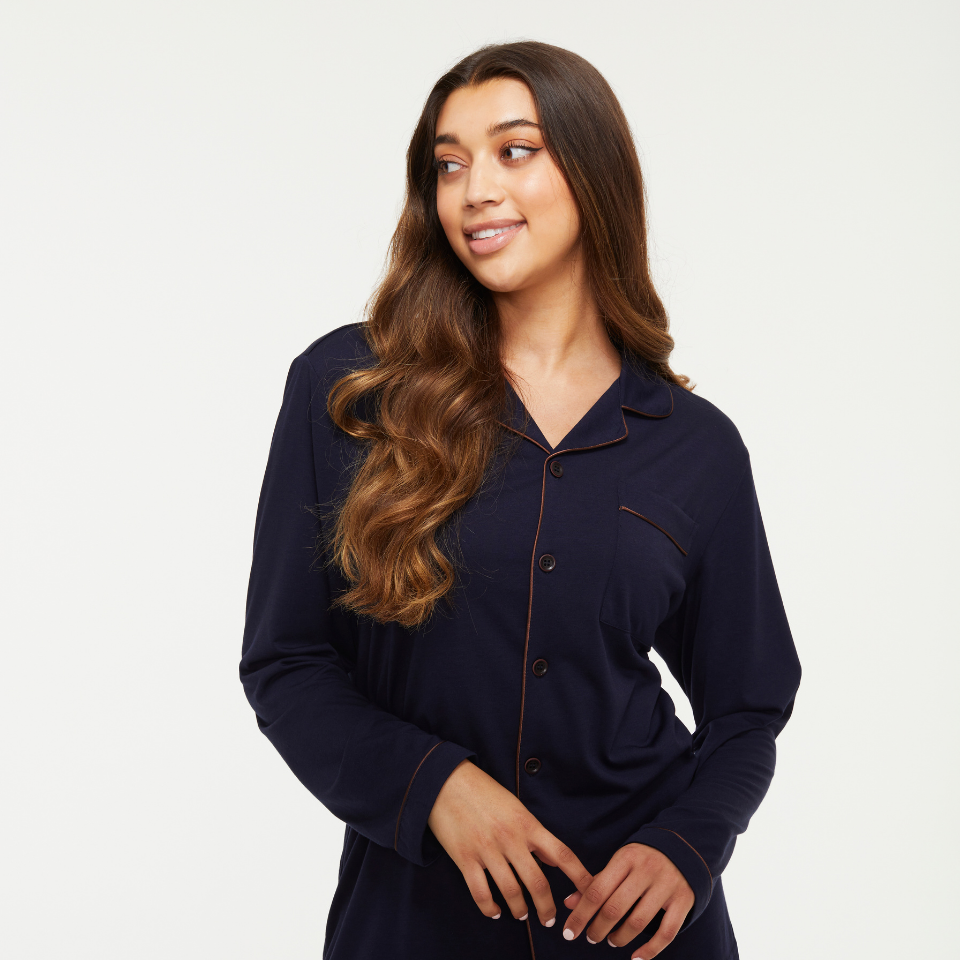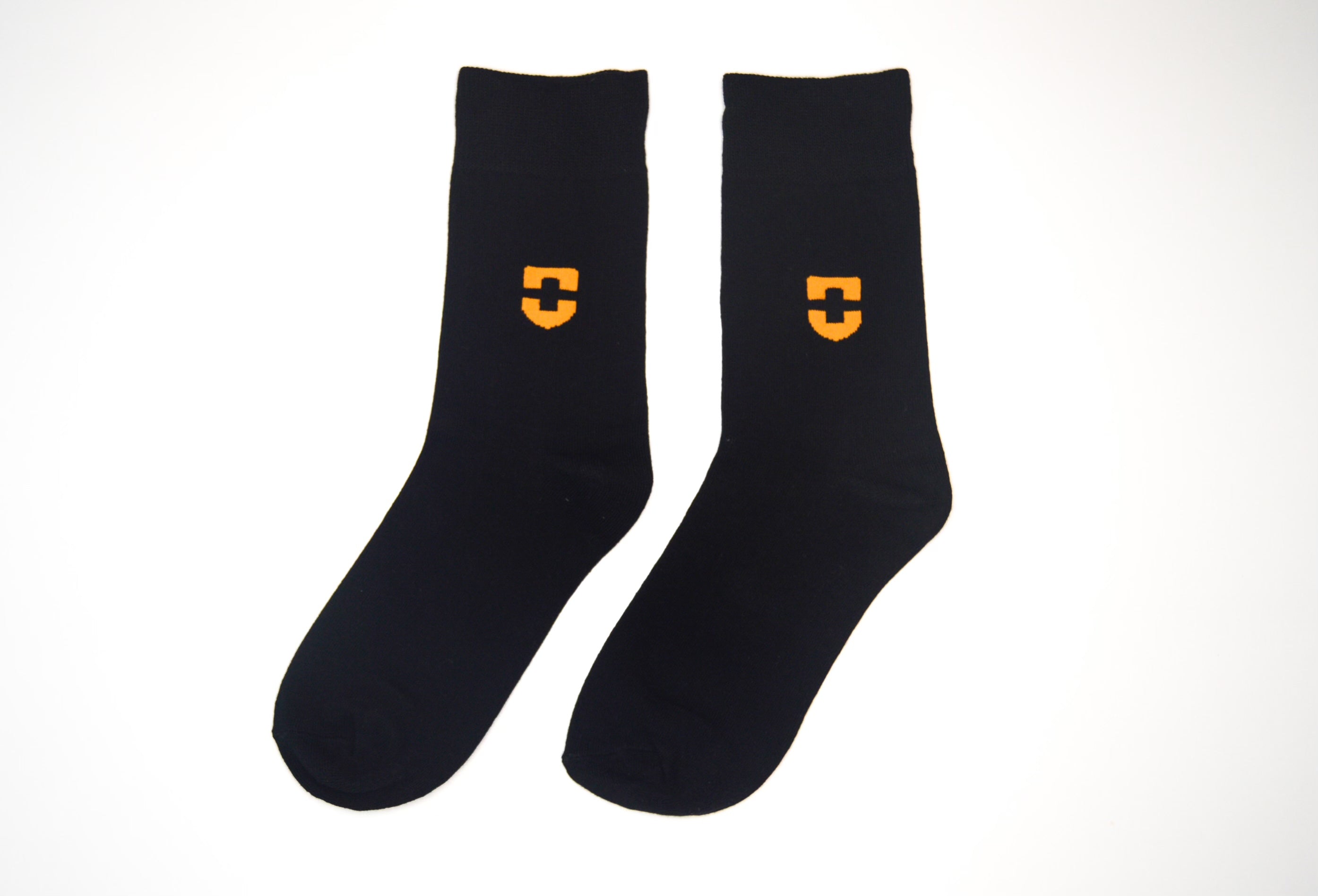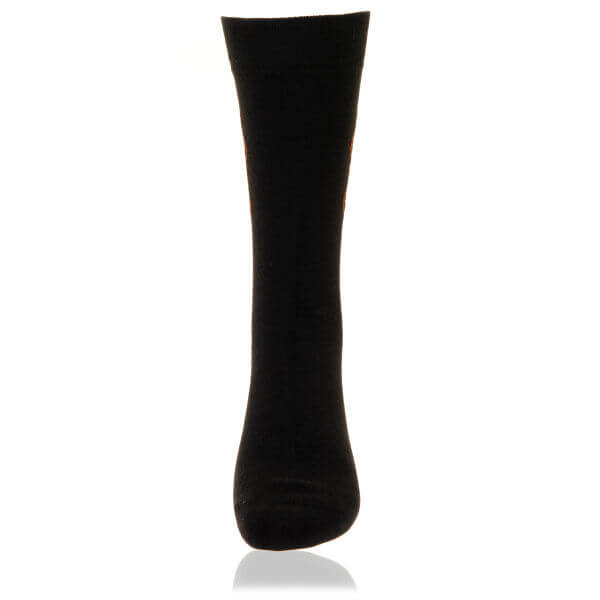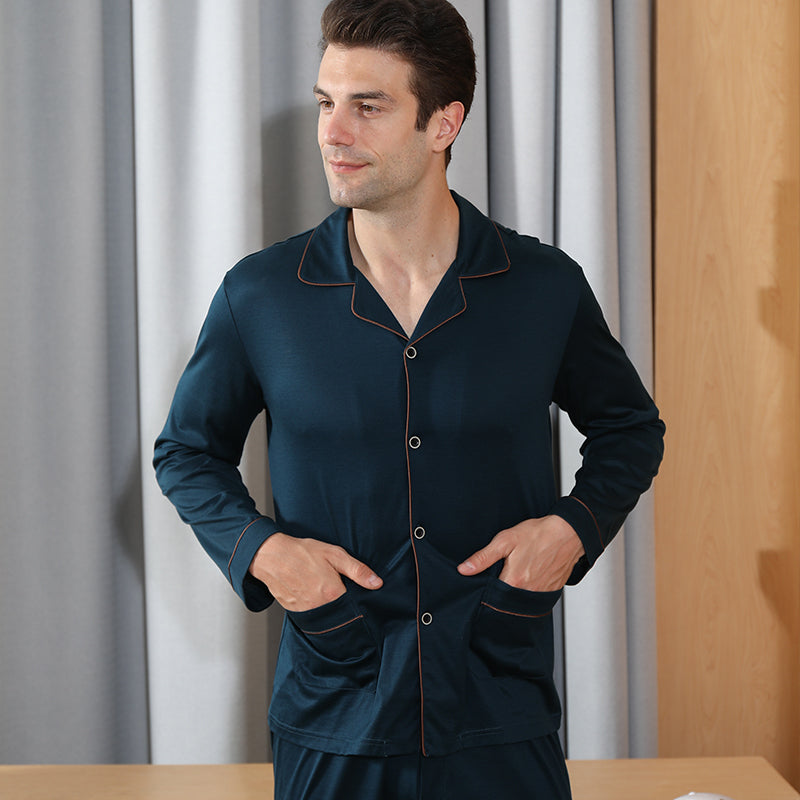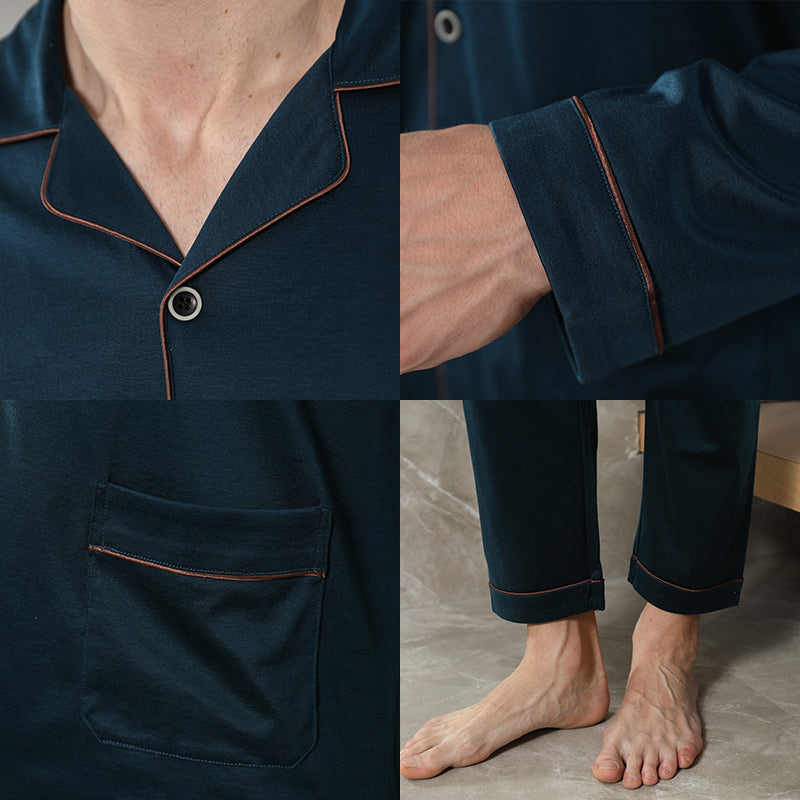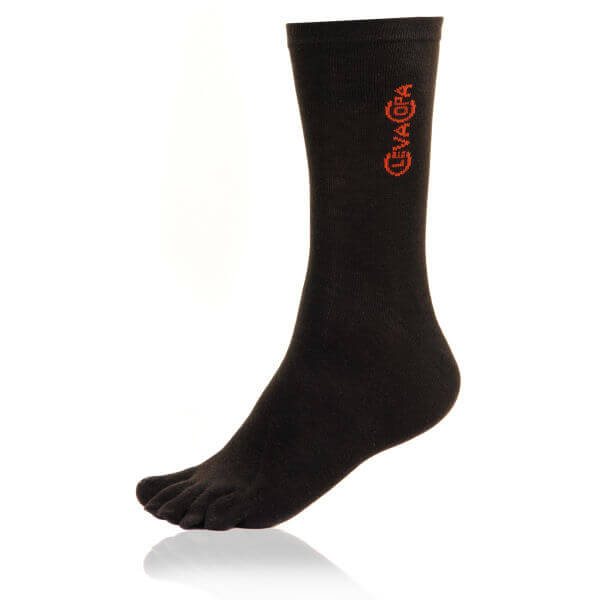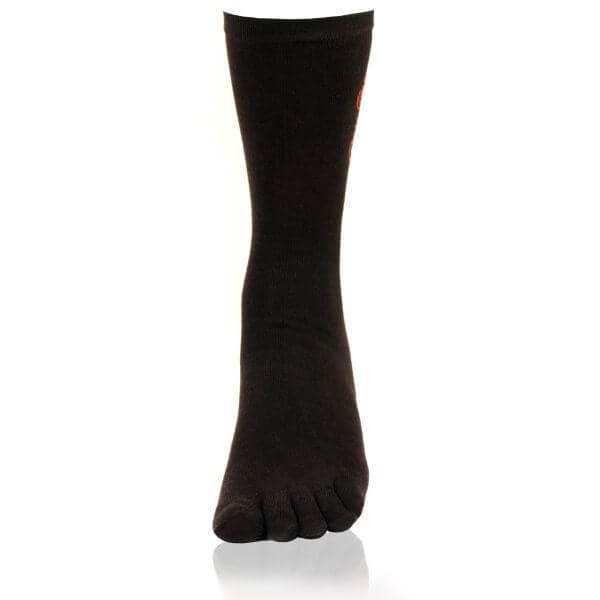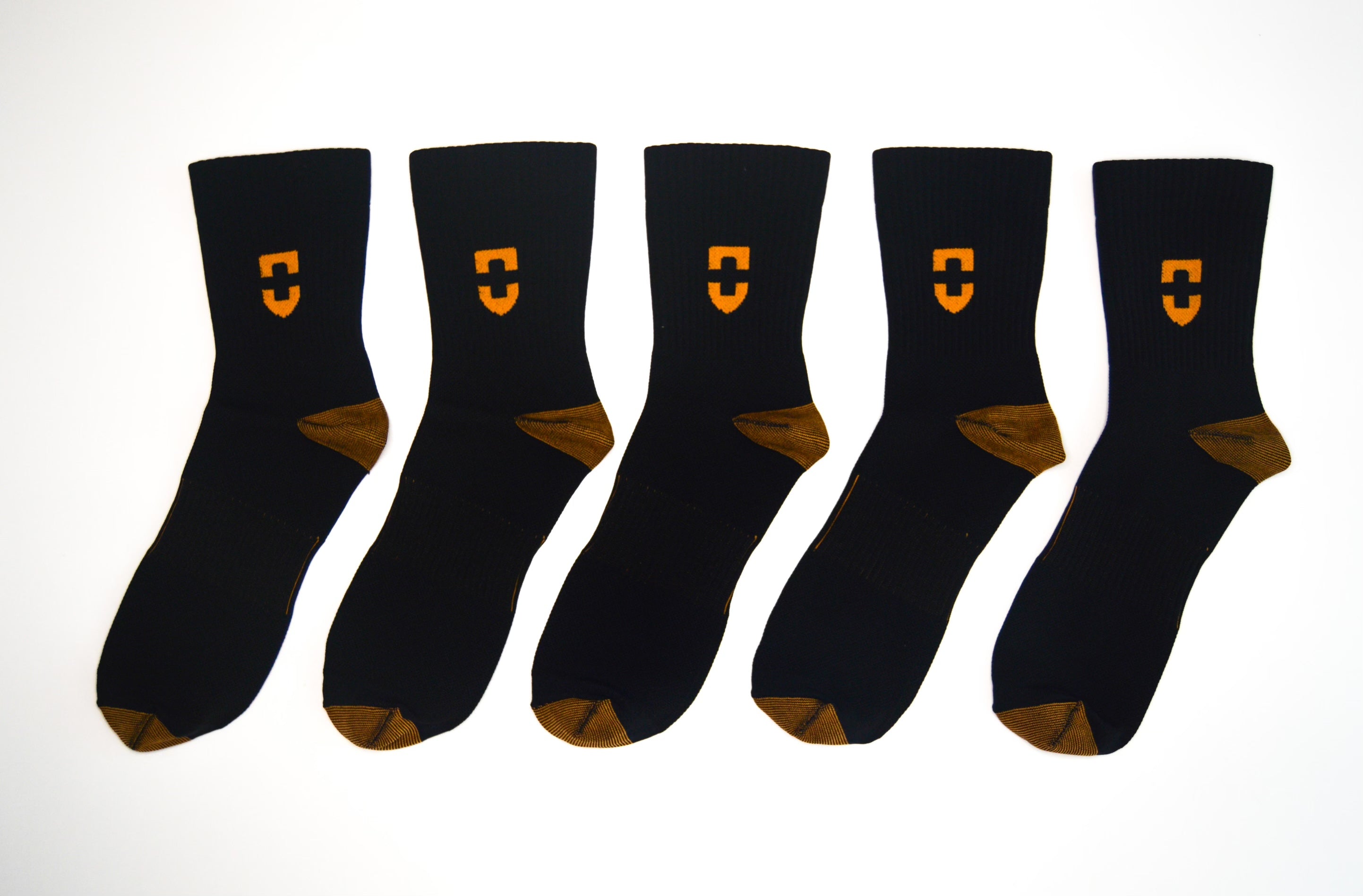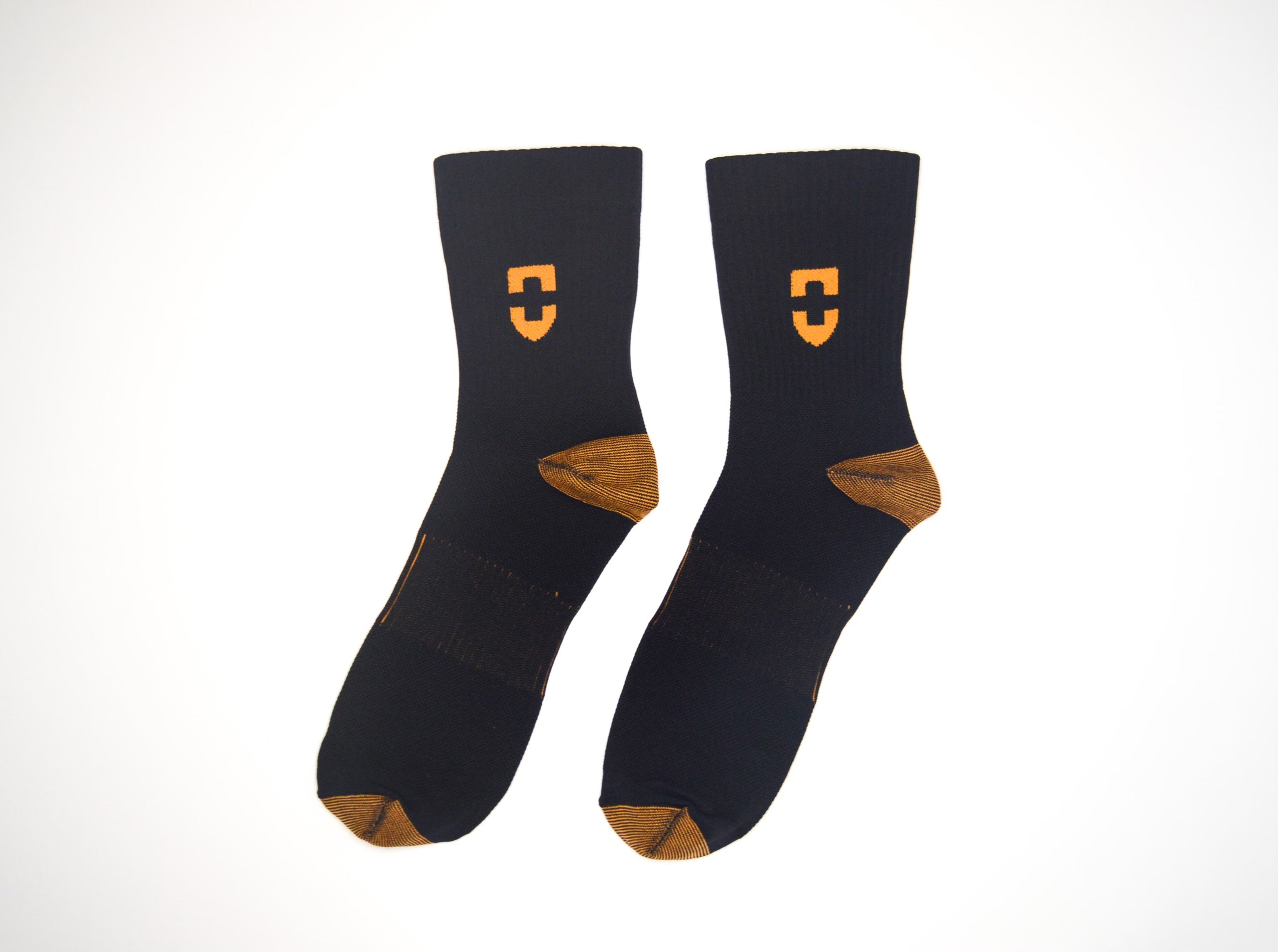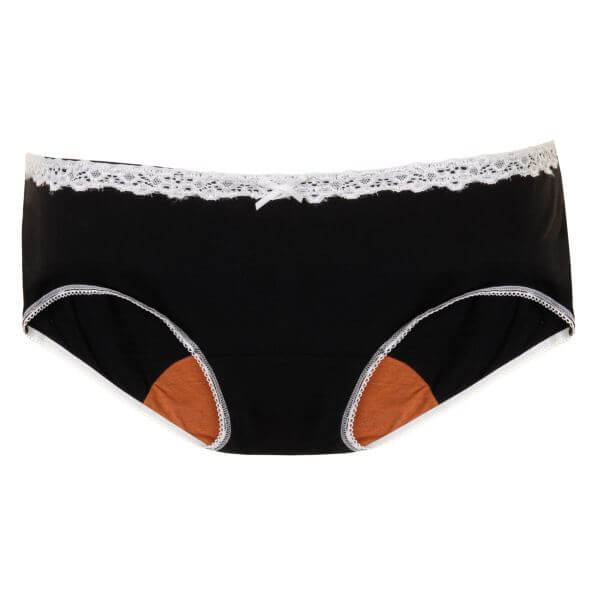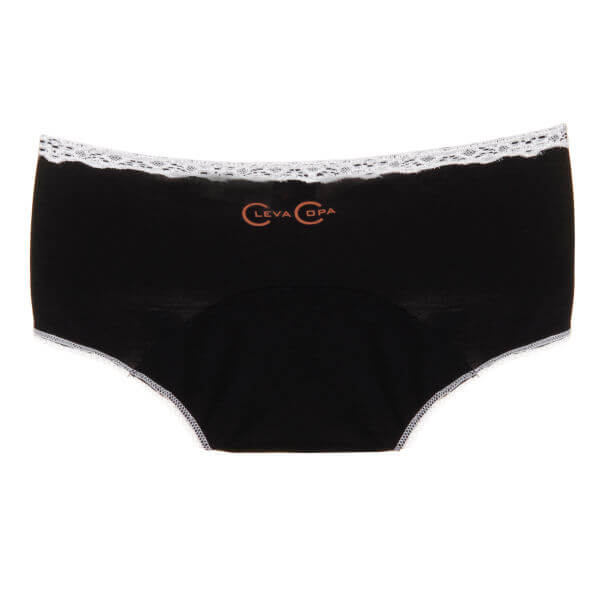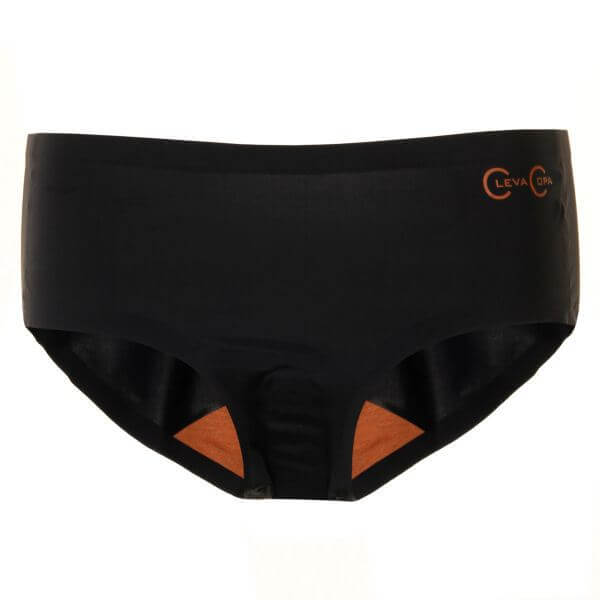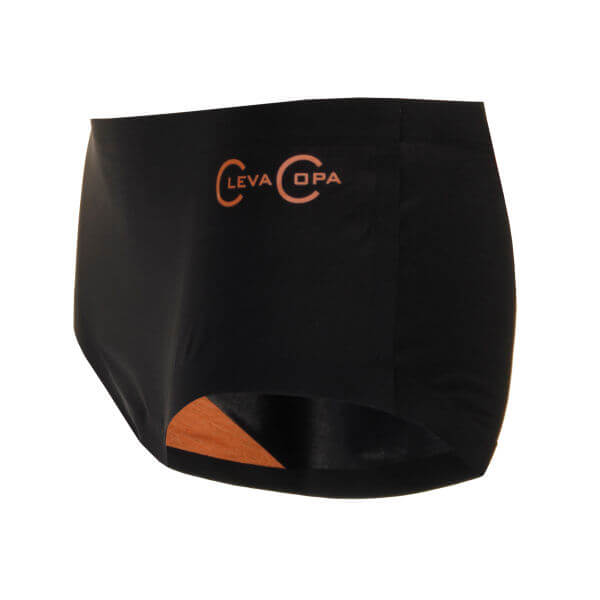Compression Socks for Pots: Do They really Help?
Published
September 19 2024
Managing Postural Orthostatic Tachycardia Syndrome (POTS) can be a constant struggle. The condition disrupts the autonomic nervous system, leading to symptoms such as dizziness, rapid heart rate, and fatigue that make everyday tasks difficult.
For many individuals, these symptoms can interfere with daily life, making it challenging to stand for extended periods or even move from sitting to standing without feeling lightheaded. This can lead to frustration and a reduced quality of life, as managing POTS requires a range of strategies to keep symptoms under control.
One effective tool that has gained recognition for POTS symptom management is compression socks. While they don’t provide a cure, they offer valuable support by improving circulation and reducing blood pooling in the lower limbs. In this article, we’ll discuss how compression socks can be a practical and beneficial component of managing POTS.
What Is POTS?
Postural Orthostatic Tachycardia Syndrome (POTS) is a condition that affects the autonomic nervous system, specifically the regulation of blood flow and heart rate. People with POTS experience a sudden and dramatic increase in heart rate when they move from a lying or sitting position to standing. This increase in heart rate can cause dizziness, light-headedness, fainting, and fatigue, among other symptoms.
Though it affects both men and women, it is more common in females, especially during adolescence or young adulthood.
What Causes POTS?
While the exact cause of POTS is still unclear, researchers have identified several possible triggers that can vary from person to person. These triggers fall into different subtypes:
- Neuropathic POTS: Caused by nerve damage that weakens the blood vessel muscles, particularly in the legs and abdomen, leading to poor circulation.
- Hyperadrenergic POTS: This form is linked to an overactive sympathetic nervous system, which controls the bodys fight or flight response.
- Hypovolemic POTS: Occurs when low blood volume causes similar symptoms to other forms, often overlapping with neuropathic and hyperadrenergic types.
There’s also evidence that POTS might be an autoimmune disorder, where the immune system mistakenly attacks healthy tissues.
Certain life events, such as puberty, pregnancy, major surgery, significant blood loss, or viral infections, may trigger or worsen POTS by disrupting the autonomic nervous system.
How Can Compression Socks Help Manage POTS Symptoms?
As per research from Copper Fit and VIM & VIGR, compression socks play a key role in managing POTS symptoms. They work by applying gradual pressure to the legs, which helps blood flow more efficiently and prevents it from pooling in the lower extremities- a common issue for POTS patients. This improved circulation reduces common symptoms like dizziness and fatigue, especially when standing. Many POTS patients have found that compression socks with 20-30 mmHg pressure make a significant difference in stabilizing blood flow and making daily activities more manageable.
Choosing the Right Compression Socks for POTS
Not all POTS compression socks are created equal. Depending on your needs, your doctor may recommend different types based on factors like the severity of your condition, the area affected, and your personal comfort. Here’s what to consider when choosing the best socks for POTS:
Compression Levels
Compression socks come in various pressure levels. The right level depends on how much support your circulation needs.
- Mild Compression (8-15 mmHg): Ideal for those with mild symptoms or for preventive care. These socks offer light support and are generally comfortable for everyday wear.
- Moderate Compression (15-20 mmHg): These provide more significant support and are often recommended for managing symptoms during activities like walking or standing for extended periods.
- Firm Compression (20-30 mmHg): Firm compression socks offer strong support and are typically used by individuals with more pronounced symptoms or those looking for extra relief during long hours of standing.
- Extra-Firm Compression (30-40 mmHg): These socks offer the highest level of non-prescription compression. They are used for severe POTS symptoms or for those who experience significant blood pooling in the legs.
- Prescription-Level Compression (>40 mmHg): For the most severe cases, prescription-strength compression socks may be necessary, but they should only be used under medical guidance.
Pick Your Copper Compression Socks for POTS Today
Shop NowSock Length Options
Choosing the right sock length depends on where you need the most support:
- Knee-High Compression Socks: These are the most common type and are designed to support the legs up to the knee. They are ideal for most POTS patients who experience blood pooling in the lower legs.
- Open-Toe Compression Stockings: These socks offer the same benefits as regular compression socks but with open toes for added comfort, particularly in warmer weather or for individuals who need room for foot movement.
- Compression Tights: For full-leg support, compression tights cover both the legs and abdomen. They can be beneficial for people who experience blood pooling in both the legs and the pelvic area.
Material and Breathability
Different materials offer varying levels of comfort, moisture control, and durability.
- Regular Cotton: Cotton socks are soft and breathable, ideal for everyday comfort. However, they may not provide the specialized compression needed for more serious symptoms.
- Copper-Infused Fabric: These socks are designed to enhance breathability and reduce odor with their antimicrobial properties. They offer extra comfort and a fresh feeling.
Feel the difference with Copper Clothing's compression socks. Get yours today!
Shop Now- Merino Wool: Known for its natural moisture-wicking and temperature-regulating properties, merino wool is an excellent choice for individuals who want to keep their feet dry and comfortable, especially in colder climates.
- Nylon: A durable and flexible material that offers good compression and maintains its shape over time.
- Moisture-Wick Nylon: This variant is designed to keep feet dry by effectively wicking away sweat, adding to overall comfort and effectiveness.
Conclusion
Finding the right compression socks for POTS doesn’t have to be overwhelming. The perfect pair can provide much-needed relief and improve your daily comfort. With options ranging from copper-infused socks that reduce odour to moisture-wicking materials that keep your feet dry, there’s something for everyone. Remember, the best choice will fit your unique needs and help you manage your symptoms better. Chat with your healthcare provider to pinpoint the right socks for you and step into a more comfortable and supportive future!









